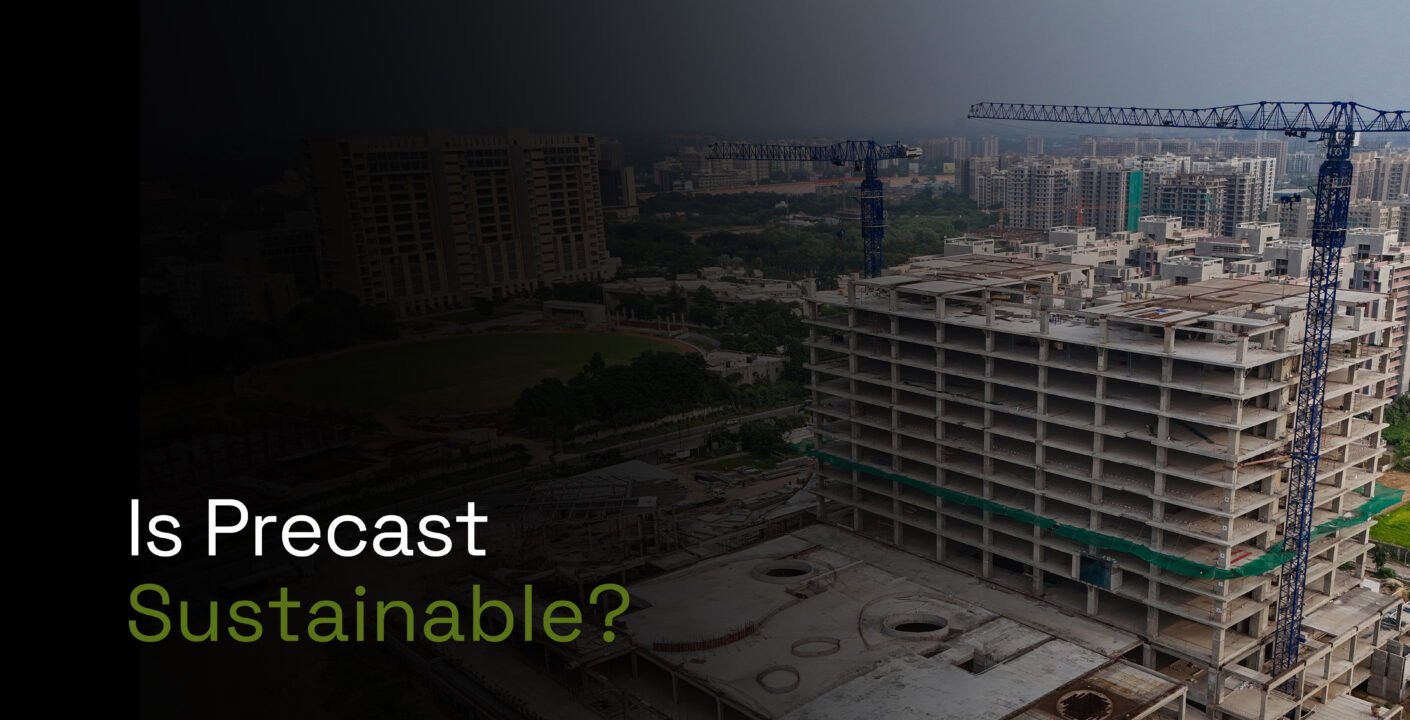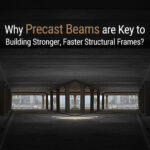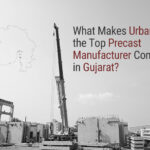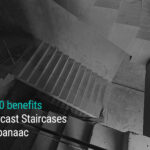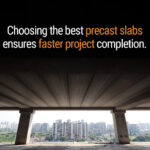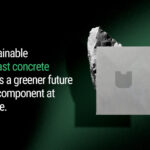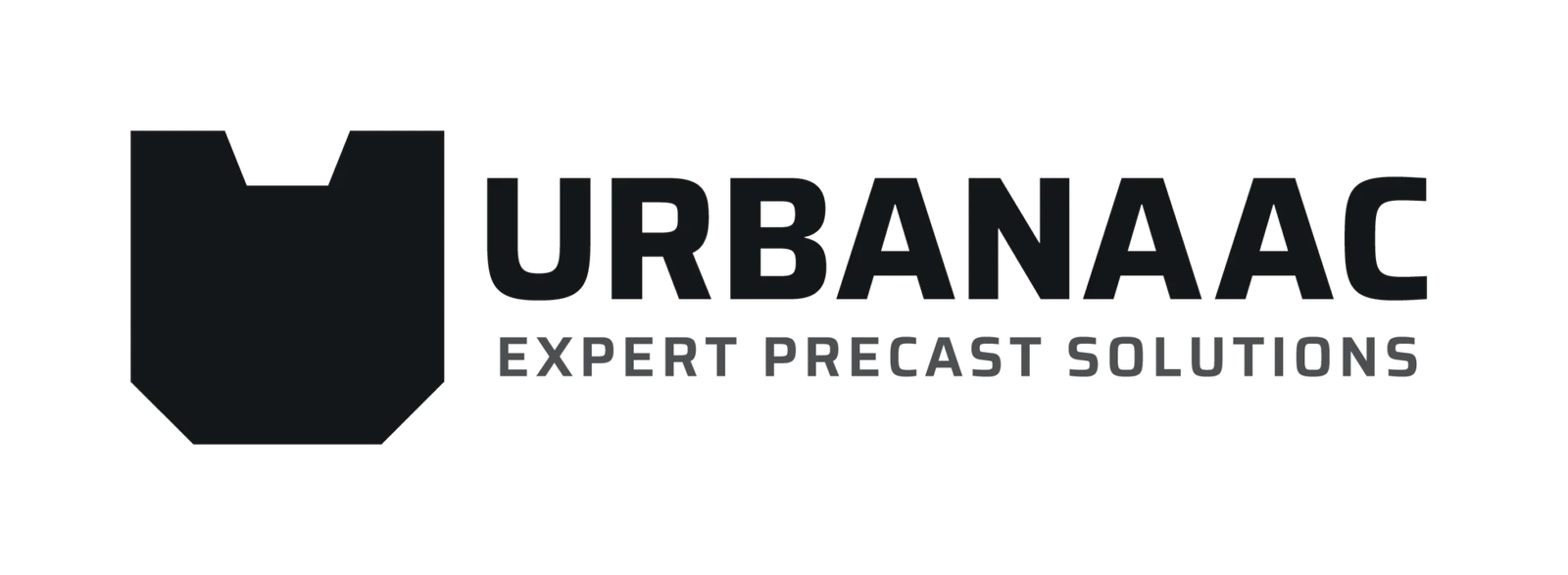In today’s construction industry, sustainability has become a top priority. As concerns about climate change and resource depletion grow, builders and architects are increasingly looking for eco-friendly materials that balance durability, cost-efficiency, and environmental responsibility. Precast has emerged as a sustainable solution, offering significant advantages over traditional construction methods. But what makes precast sustainable, and why is it becoming the preferred choice for modern infrastructure?
What is Precast?
Precast refers to construction elements that are manufactured in a controlled factory environment using reusable moulds and then transported to the construction site for installation. These Precast elements include beams, columns, slabs, panels, and more. Compared to traditional on-site concrete pouring, precast technology ensures precision, quality, and significant savings in time and resources.
Also Read:[Making Construction more Eco-Friendly | Urbanaac]
Why is Precast Sustainable?-Sustainability in Precast Construction
- Reduced Material Wastage
The controlled manufacturing environment of precast ensures minimal material wastage. Using reusable molds and efficient production processes allows for better resource management, and ensures efficient use of key resources like cement, sand, and water through its controlled manufacturing environment. - Energy Efficiency
Precast improves energy efficiency in two ways. First, during production, factories can optimize energy use, unlike on-site methods that depend on unpredictable conditions. Secondly, the thermal mass of precast elements helps regulate indoor temperatures, reducing energy consumption for heating and cooling in buildings. - Longevity and Durability
Precast structures are highly durable and long-lasting, minimizing the need for repairs or replacements. This durability reduces the environmental impact over a building’s lifecycle by saving resources and energy required for maintenance. - Recyclability
At the end of its lifecycle, precast can be crushed and reused as aggregate in new construction, reducing landfill waste and promoting circular economy practices. - Lower Carbon Footprint
Precast often uses locally sourced materials, reducing the emissions associated with long-distance transportation. Additionally, fewer on-site workforce and equipment needs lead to reduced energy consumption.
Environmental Benefits of Precast
Precast contributes to reducing water usage and emissions at construction sites. By supporting global green building certifications such as LEED (Leadership in Energy and Environmental Design), it meets global sustainability standards, making it a suitable choice for environmentally conscious projects. Urbanaac, a trusted precast manufacturer in India, holds these certifications, ensuring their precast solutions align with international green building standards. By choosing Urbanaac, developers and builders can contribute to sustainable construction practices while achieving superior quality and efficiency in their projects.
Also Read:[Emerging Trends in the Construction Industry in India-Urbanaac]
Why Choose Urbanaac for Sustainable Precast Solutions?
Urbanaac, a leading precast manufacturer in India, is committed to delivering eco-friendly precast solutions. With advanced technologies and efficient production processes, Urbanaac ensures minimal environmental impact while providing high-quality, durable precast components. Whether for residential, commercial, or industrial projects, Urbanaac’s solutions promote sustainable construction practices.
Precast construction offers a promising sustainable building solution in India, characterized by its efficiency, reduced ecological impact, and contribution to social welfare on construction sites. The advancements made by leading manufacturers in refining the production processes and enhancing the environmental benefits of precast technology underscore its potential. As the construction industry continues to evolve, the role of precast in building a sustainable future becomes increasingly significant, positioning it as a cornerstone in the next generation of green building practices.
Conclusion
Precast is undeniably a sustainable solution for modern construction needs. With its durability, recyclability, and energy-efficient benefits, it plays a vital role in reducing environmental impact. By partnering with leading manufacturers like Urbanaac, builders and developers can adopt innovative precast solutions that meet both project requirements and sustainability goals.


